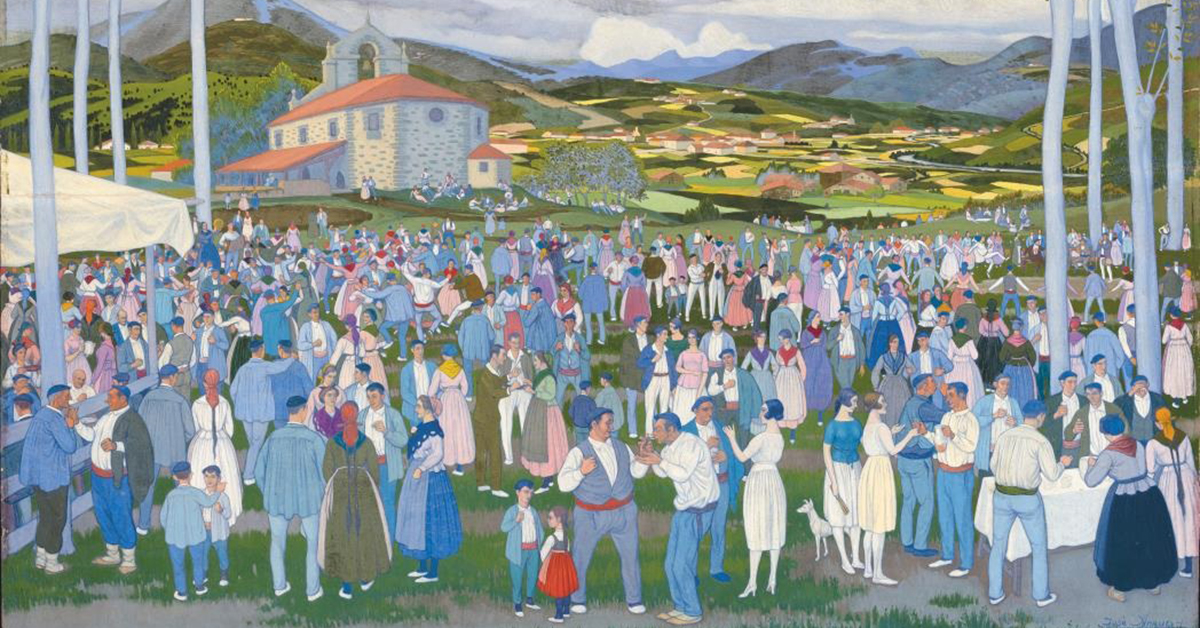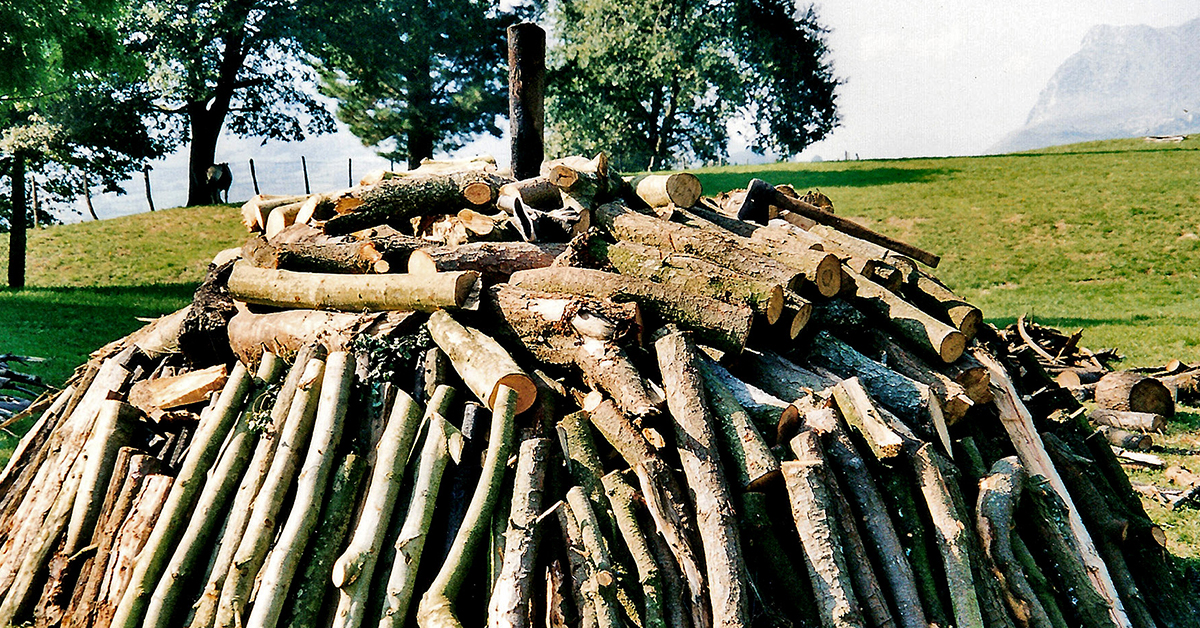Basque ethnography at a glance

Hermitage of St Salvador in Ardanaz (Izagaondoa, Navarre), whose roof was restored a few decades ago using tiles manufactured in Aizpe. Fernando Hualde.
Certain trades from the past are disappearing; modern times sweep them away without mercy. And with them go the works, yards or factories where those activities used to be carried out. Whole villages might in fact be lost, and also the people who worked and lived there or knew about them.
This is exactly what happened with the roof tile factory of Aizpe, in Lower Urraúl (Navarre). The tile makers departed this life, the factory vanished in thin air, the village is nowhere to be seen, and him who as a child and teenager stored memories of that place passed away a few months ago… Gone is the last witness of it all. (more…)
By accepting that tradition is a constantly evolving concept, we accept that it will not always move in the right direction. Nevertheless, those of us who are part of that tradition and promote it must be aware of the responsibility such a task entails. What we do will have an effect, in one way or another, on the evolution and future of the said tradition.
Slowly but surely, traditional dance tends towards normalization, and thus away from diversity. It might be on the right path, it might be on the wrong path: for better or for worse, it depends on the eye of the beholder. (more…)
As far as the Basque territory is concerned, it should be firstly noted that the so-called couvade —from French couver ‘incubate, hatch, rear’— refers to certain allegedly customary, curious, old and controversial practices.
The term covada appears in the Dictionary of the Spanish language to designate ritual behaviour undertaken after parturition, still occurring in parts of Asia and America and formerly observed in some places of northern Spain: namely, the biological father takes to his bed, relatives and friends providing him with essential needs, whereas the mother returns to her usual routine. The Encyclopedia Britannica, in a recent edition, described it as a once common custom in regions of the Amazon basin and the Basque areas of France. (more…)
Formerly, in the mountains surrounding the Valley of Carranza (Bizkaia), charcoal burning would be among the main uses of wood.
The burning season would usually start in March and last until November. The wood (chestnut, oak, beech or oak) to be charred would have been harvested in the winter and properly seasoned for several months. Two-men saws, axes, mallets and wedges were used for felling and preparing the timber. (more…)




